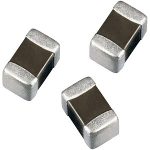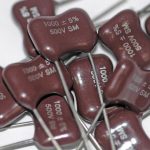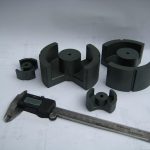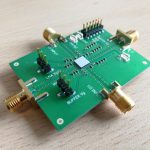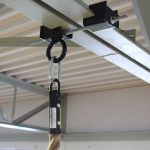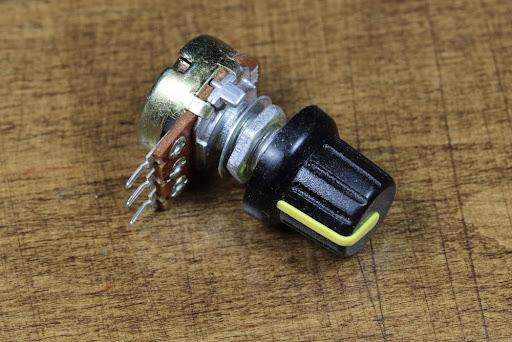
Variable resistors are those resistors whose resistance value can be adjusted according to requirements. they are commonly utilized in electrical circuits to adjust circuit resistance as a way to control the current or voltage within a circuit. The variable resistors feature a wiper contact and resistance track along which the wiper moves to adjust resistance values. The electrical resistance can be adjusted by sliding a wiper along the resistance path or track. Sometimes the resistance is adjusted at the time when the circuit is being built while other times. It can be adjusted by using a controlling knob attached to it. The variable resistor’s active value will depend upon the position of the slider contact on the resistance track.
Variable resistor Connection
When one end of the resistance track and the wiper terminal is connected to the circuit and the other track remains exposed or open then it will used as a rheostat. In this situation, the electrical resistance between the wiper terminal and the connection terminal depends upon the position of the slider on the resistance track.
A variable resistor can likewise be utilized as a potentiometer when the two finishes of the resistance track are associated with the input circuit and one of the expressed closures of the resistance track and wiper terminal is associated with the output circuit.
For this situation, each of the three terminals is being used. In some cases, in gadgets circuit, there might be a prerequisite of customizable resistance yet this change is required just a single time or frequently. This is finished by interfacing preset resistors in the circuit.
A preset resistor is one sort of variable resistor whose electrical resistance worth changed by changing an adjustable screw connected to it.
Types of Variable Resistors
Potentiometer
The potentiometer is the most well-known variable resistor. It operates as a resistive divider and ordinarily used to create a voltage signal contingent upon the place of the potentiometer. This sign utilized for an exceptionally wide assortment of utilizations including amplifier gain control (sound volume), estimation of distance or angles, tuning of circuits, and substantially more. Whenever Variable Resistors are utilized to tune or align a circuit or application, trimmer potentiometers or trim pots are utilized. These most frequently little potentiometers mounted on the circuit board and changed utilizing a screwdriver.
Rheostats
Rheostats are basically the same in development as potentiometers. However, are not utilized as a possible divider, but rather as a variable resistor. They utilize just 2 terminals rather than the 3 terminals that potentiometers use. One association is made toward one side of the resistive component, the other at the wiper of the variable resistor. Before, rheostats were utilized as power control gadgets in series with the load, like a light. Today, rheostats not frequently utilized for power control since this is a wasteful technique. For power control, rheostats have been supplanted by more effective exchanging gadgets. Preset variable resistors, wired as rheostats, are utilized in circuits to perform tuning or alignment.
Digital Resistor
A digital variable resistor is a modern type of variable resistor in which changes in resistance are not made by mechanical movement but rather by electronic signals. The resistance changed by digital resistors in discrete steps. And mostly controlled by following digital protocols like I2C or by simple up/down signals.
Preset Variable Resistor
A preset variable resistor known as the micro version of the preset resistors that are mounted on a circuit board and are adjusted only once which is when the circuit is being built.
This screw features an adjustable screw attached to it. And you will need a small screwdriver to make any adjustments to the screw for achieving the desired amount of resistance. These resistors quite inexpensive compared to other standard variable resistors that are available in the market.
Uses of Variable Resistor
There are two main uses of Variable Resistors. These two different uses are performing as a rheostat and potentiometer.
Whenever one finish of resistance track and wiper terminal is associated with circuit then current through as far as possible as indicated by the place of the wiper contact on the resistance track.
As the wiper contact slides from the associated finish of the resistance track. The resistive value of the resistors increments, and the current goes down through the circuit. That implies the variable resistor acts as a rheostat.
Another use is as a potentiometer in which two ends of the resistance track are attached to a voltage source. And the load circuit is connected to one end of the resistance track and wiper. The voltage will depend upon the position of wiper on resistance track.








